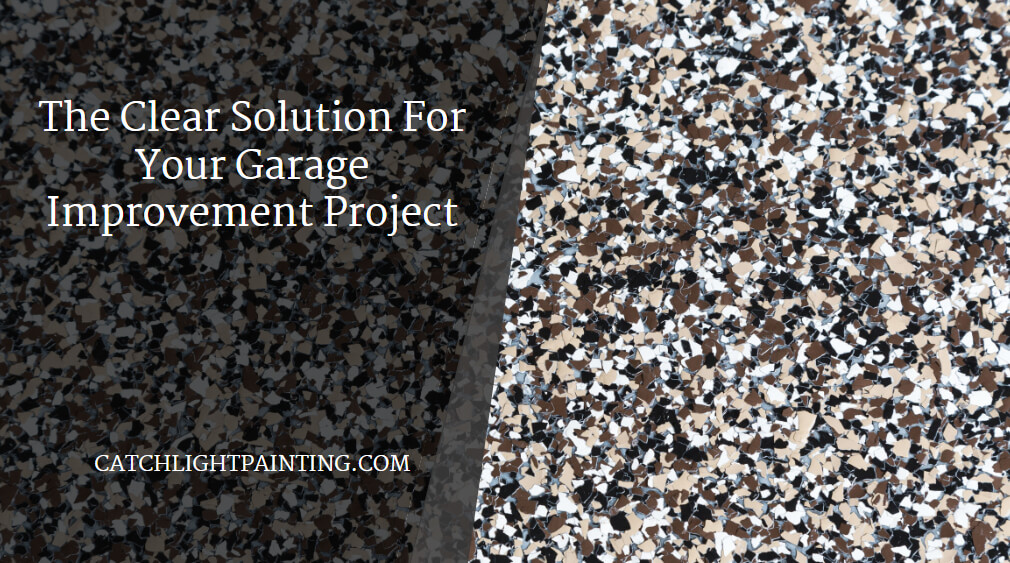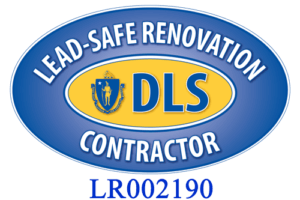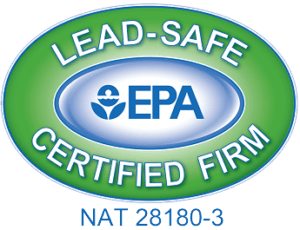Most garages found throughout New England are constructed with concrete floors. It is a practical and cost-effective choice for this semi-outdoor storage space that is subject to heavy loads, moisture, and chemicals. While a concrete surface is relatively inexpensive and easy to maintain it is susceptible to dirt, grease, and bacteria buildup as well as cracks and stains if unsealed. In terms of aesthetics, concrete has little to offer.
Garage Floor Sealants
The two most popular types of resinous floor sealants are epoxy and polyurethane (PU). Here at Catchlight, we recommend epoxy. Epoxy floors are harder and more durable than PU floors and can take on much heavier loads. PU is also more sensitive to humidity than epoxy. If an uncured PU floor is subjected to water, or even condensation, the floor will be overrun with bubbles (sometimes called fisheyes), whereas epoxy will be largely unaffected.
What is epoxy flooring?
Epoxy floors combine the highest strength resin in the industry and a durable polyamine hardener to create a surface resistant to heat and chemicals. When properly applied and cured, a concrete garage floor becomes water- and mold-proof and stain-, bacteria-, and heat-resistant. The finish will not only be beautiful, but it will also be protected against scuffs, cracks, and breakage, and can last up to 20 years.
How is epoxy floor coating applied?
Step 1: Preparation
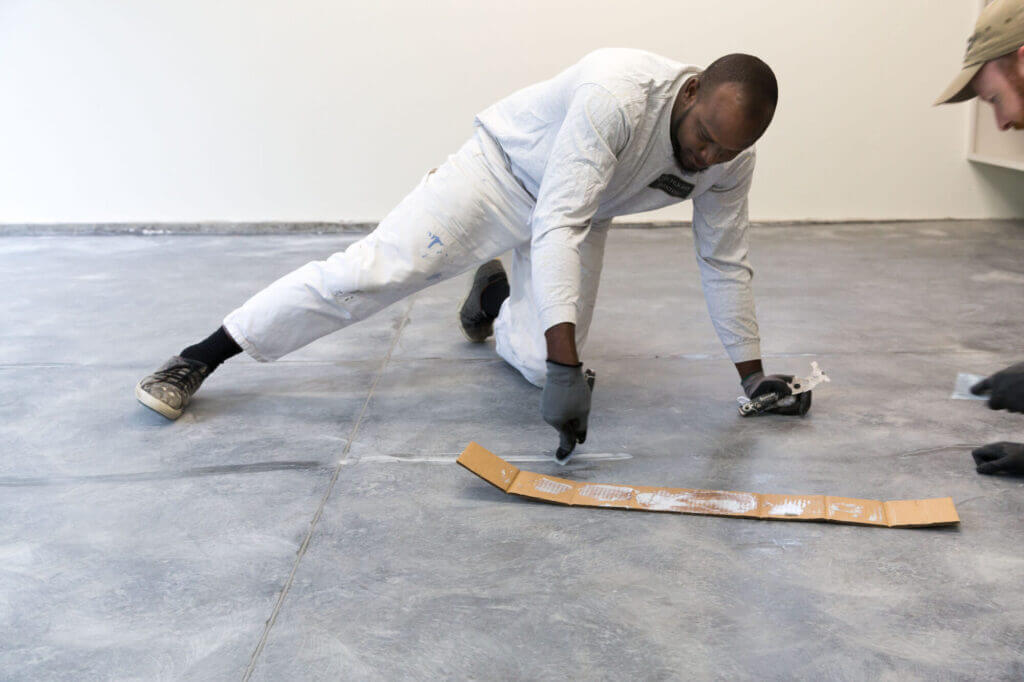
This image may not be used without permission and a written license from Damianos Photography.
The first step to any job is proper surface preparation. Our epoxy garage floor installers start by sanding the entire surface and chemically removing any stains. The floor is then thoroughly swept, using an industrial vacuum to pick up all dust particles before filling all cracks and holes with epoxy grout.
Step 2: Priming
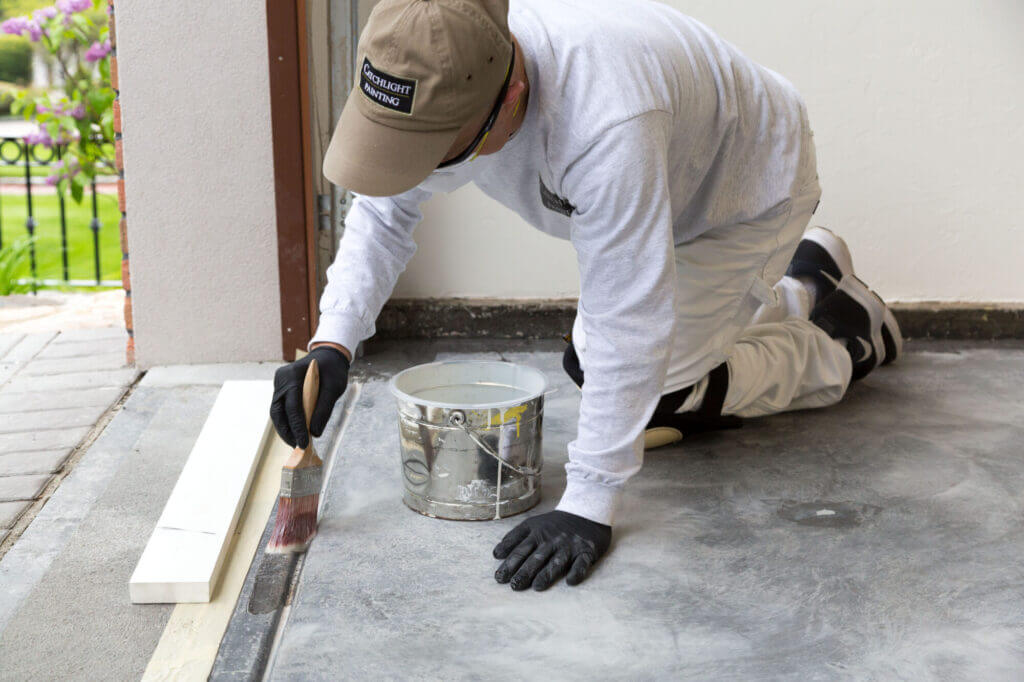
This image may not be used without permission and a written license from Damianos Photography.
Priming is crucial as it prepares the concrete, creating a surface to which the epoxy can properly adhere. When our epoxy garage floor installers prime it also seals the surface, eliminating the risk of bubbles.
Step 3: Applying Epoxy
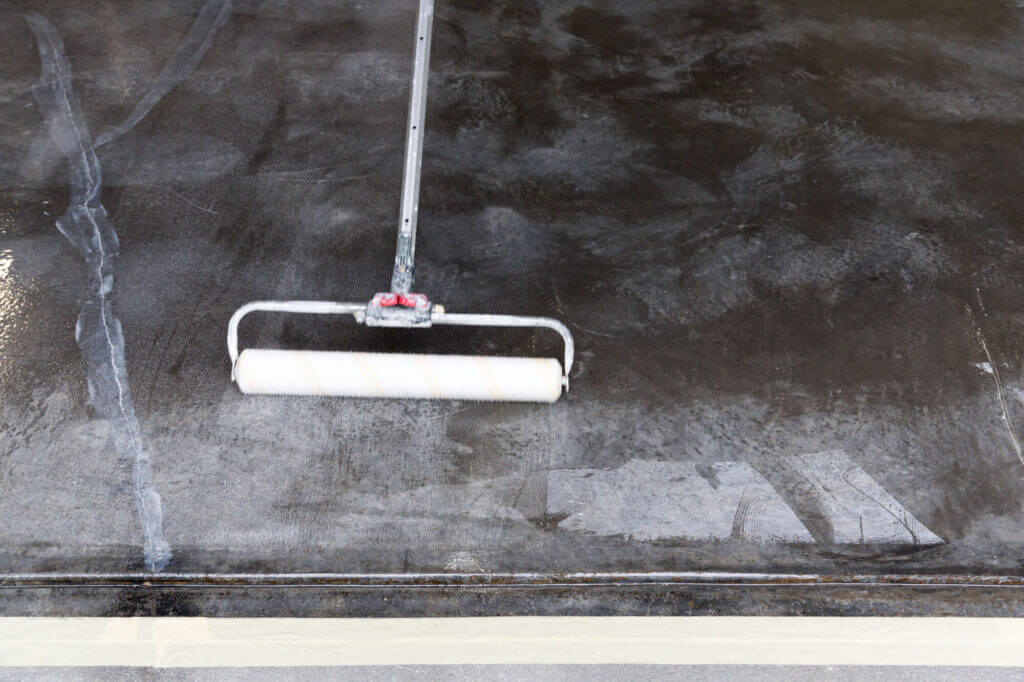
This image may not be used without permission and a written license from Damianos Photography.
Combined using an electric mixer for at least two minutes, the first coat of epoxy is then applied with rollers. This step needs 24 hours to cure before sanding any uneven surfaces and requires a second sweeping and vacuuming.
Step 4: The Finish
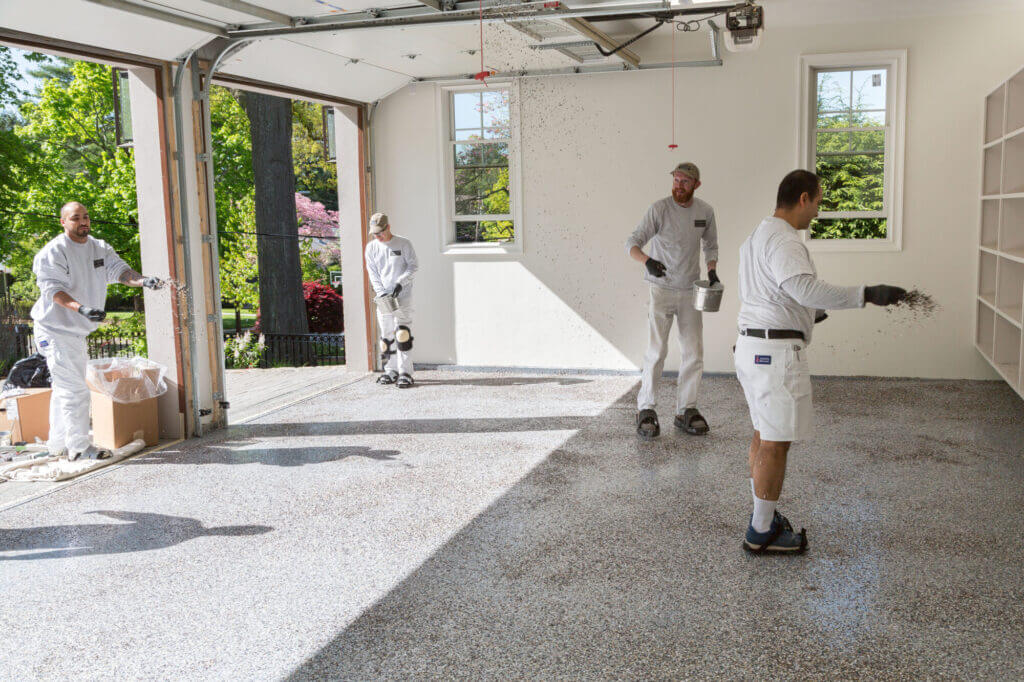
This image may not be used without permission and a written license from Damianos Photography.
The final step is the second coat of epoxy available in a variety of textures and colors. In these photos, our epoxy garage floor installers have just applied color flakes, sprinkling them throughout the garage to create a lovely speckled look, also called a quartz finish. Then, the final topcoat of epoxy is rolled onto the surface. After a few days, the epoxy will be fully cured and ready for regular use.
How To Maintain An Epoxy Floor
To keep an epoxy floor coating shiny and new requires weekly general cleaning, monthly general maintenance, and quarterly deep cleaning as well as spot cleaning.
Weekly: Run a soft dust mop or soft bristle push-broom over the floor. This will remove dirt and dust in a gentle fashion and prevent scratches.
Monthly: Vacuum any visible construction joints or saw cuts, using a crevice tool attachment if possible.
Quarterly: Move any vehicles, tools, and other items out of your garage. Mix a solution of water and either non-toxic, biodegradable cleaner or clear ammonia, and also have a bucket of plain, warm water ready. The floor will need to be mopped with a hard foam mop and the cleaning solution, then rinsed by mopping again with warm water to remove any lingering solution.
Spot Cleaning: When stains appear, spot clean as soon as possible. Stubborn spots can be scrubbed with a stiff nylon brush and the same solution you would use when deep cleaning. Rust stains and salt film are best removed with a lactic-based cleaner left on your surface for no more than two minutes, and for tire marks use a concrete degreaser that sits on the surface for no longer than 5-10 minutes.
Practical, durable, simple to maintain, and beautiful;
contact Catchlight today to learn more about epoxy floor coatings for your garage or basement floor.

